Back to Courses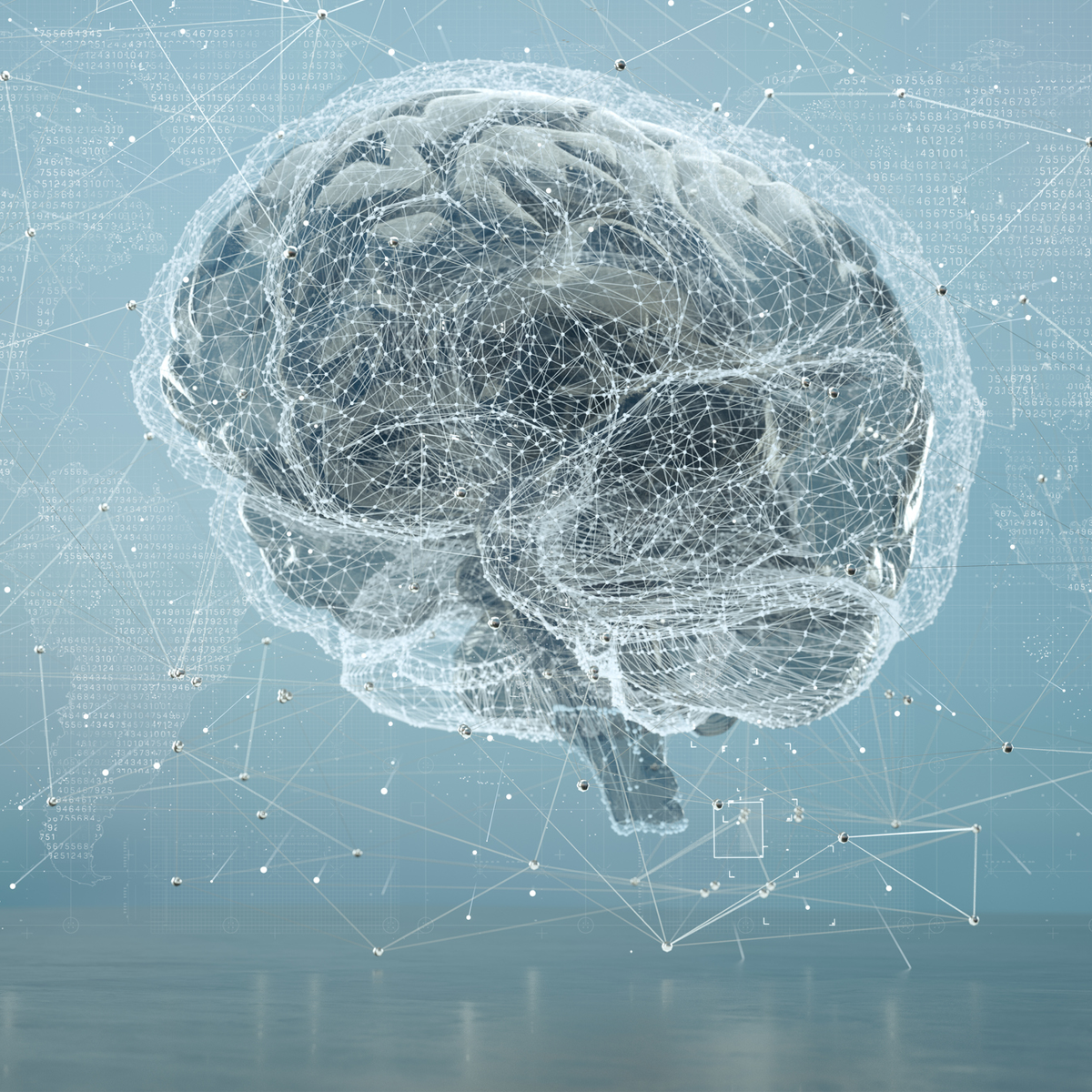

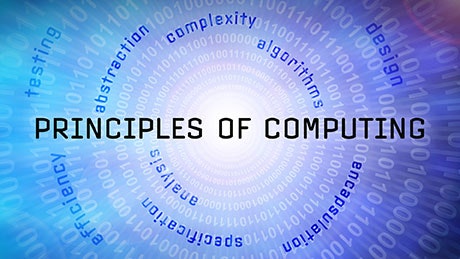
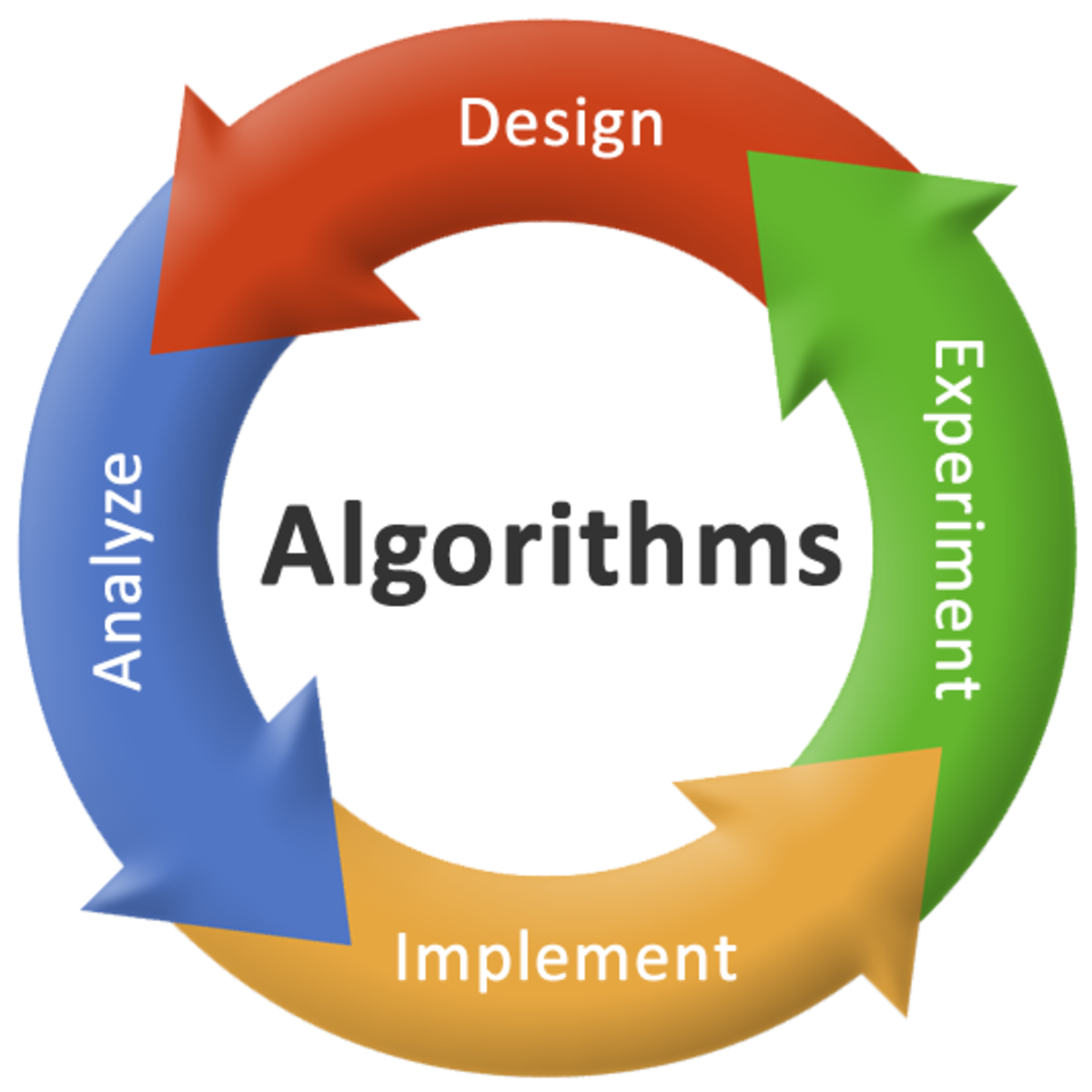
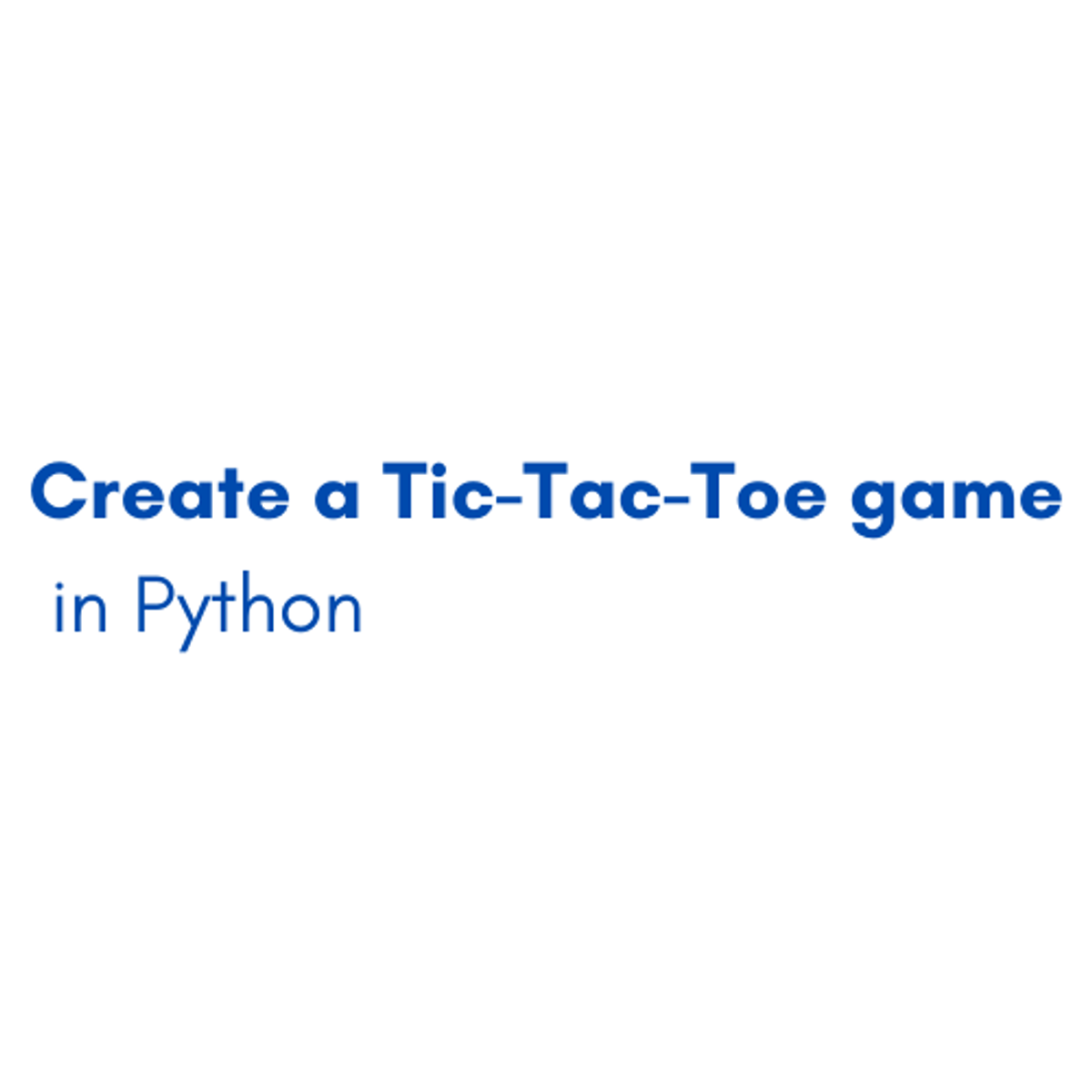


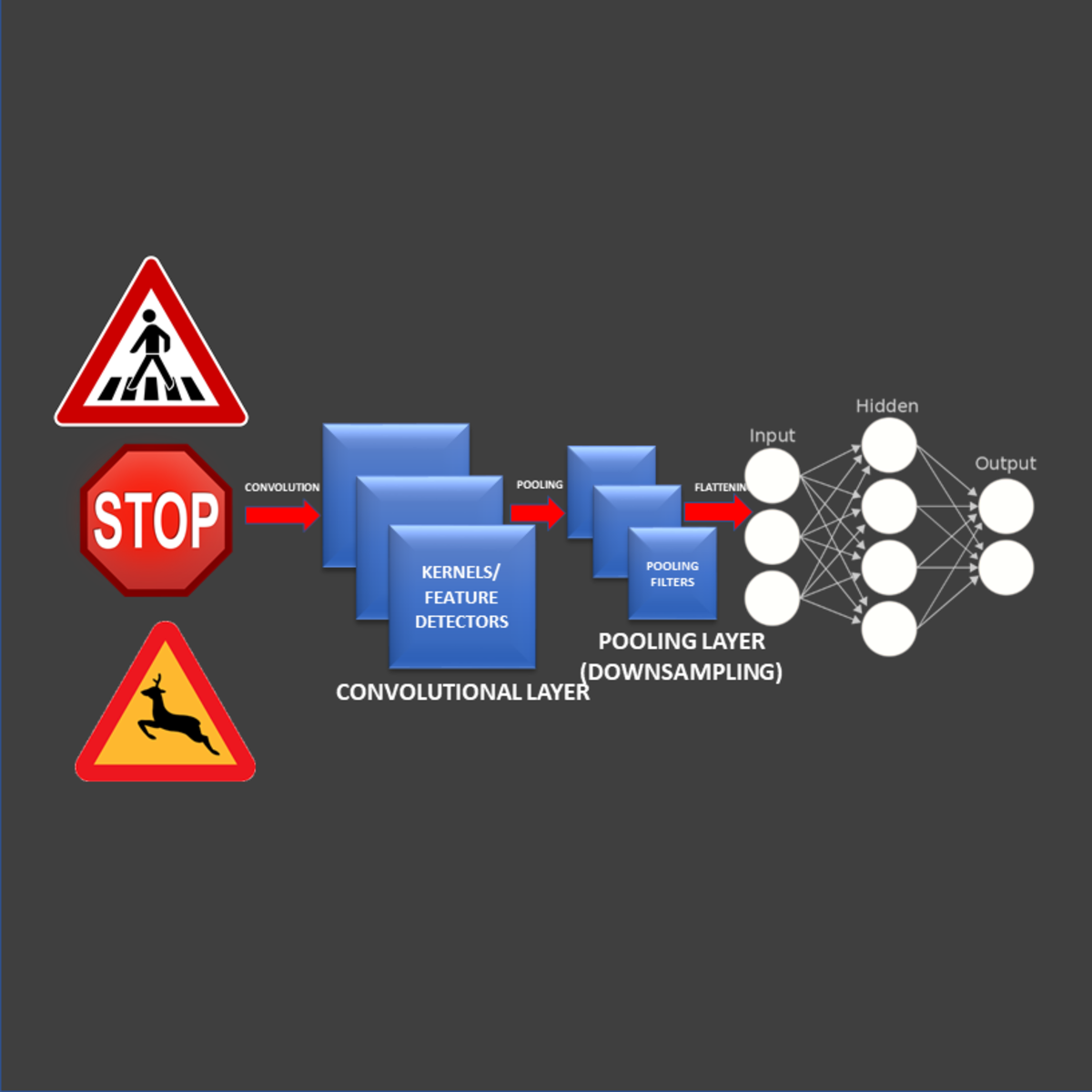
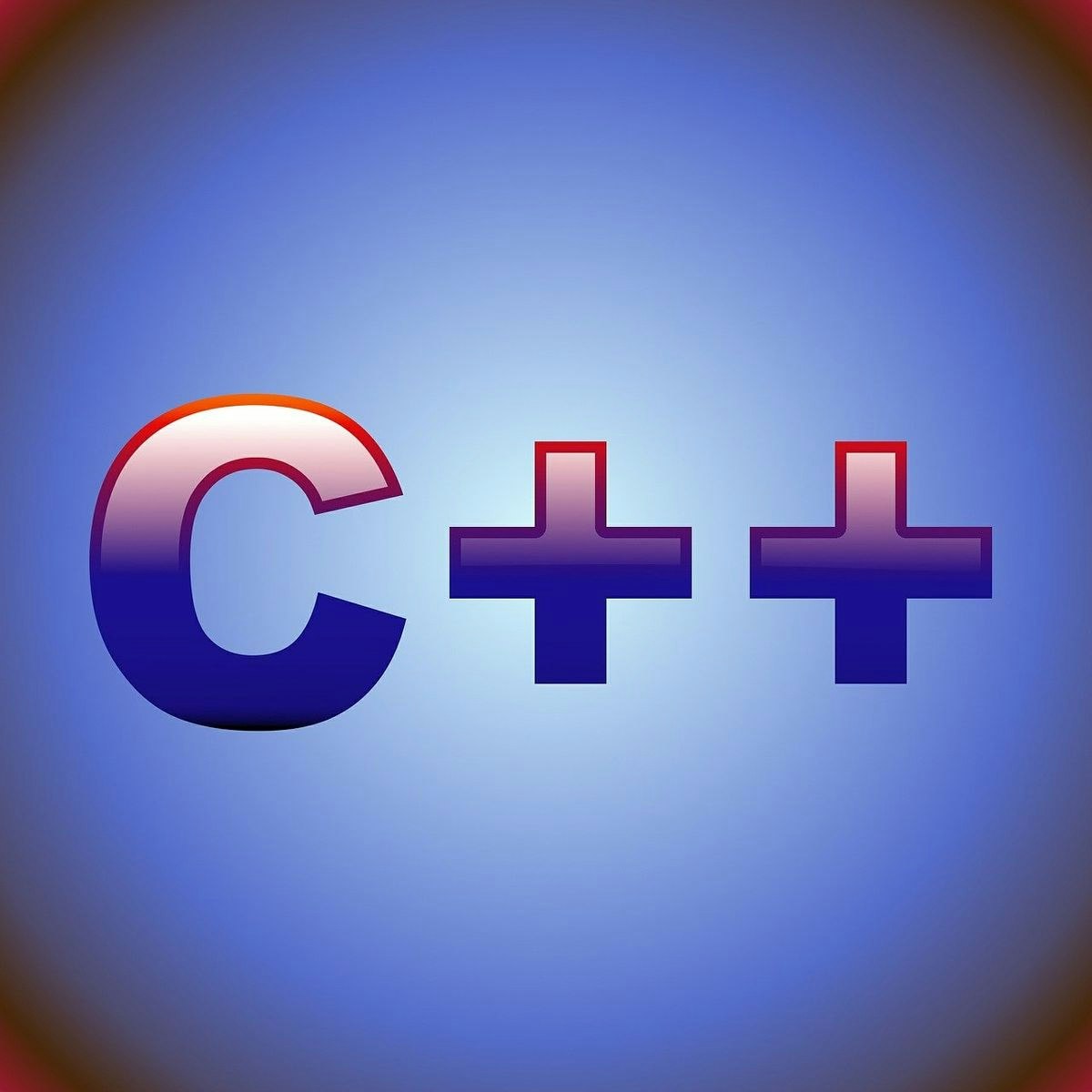
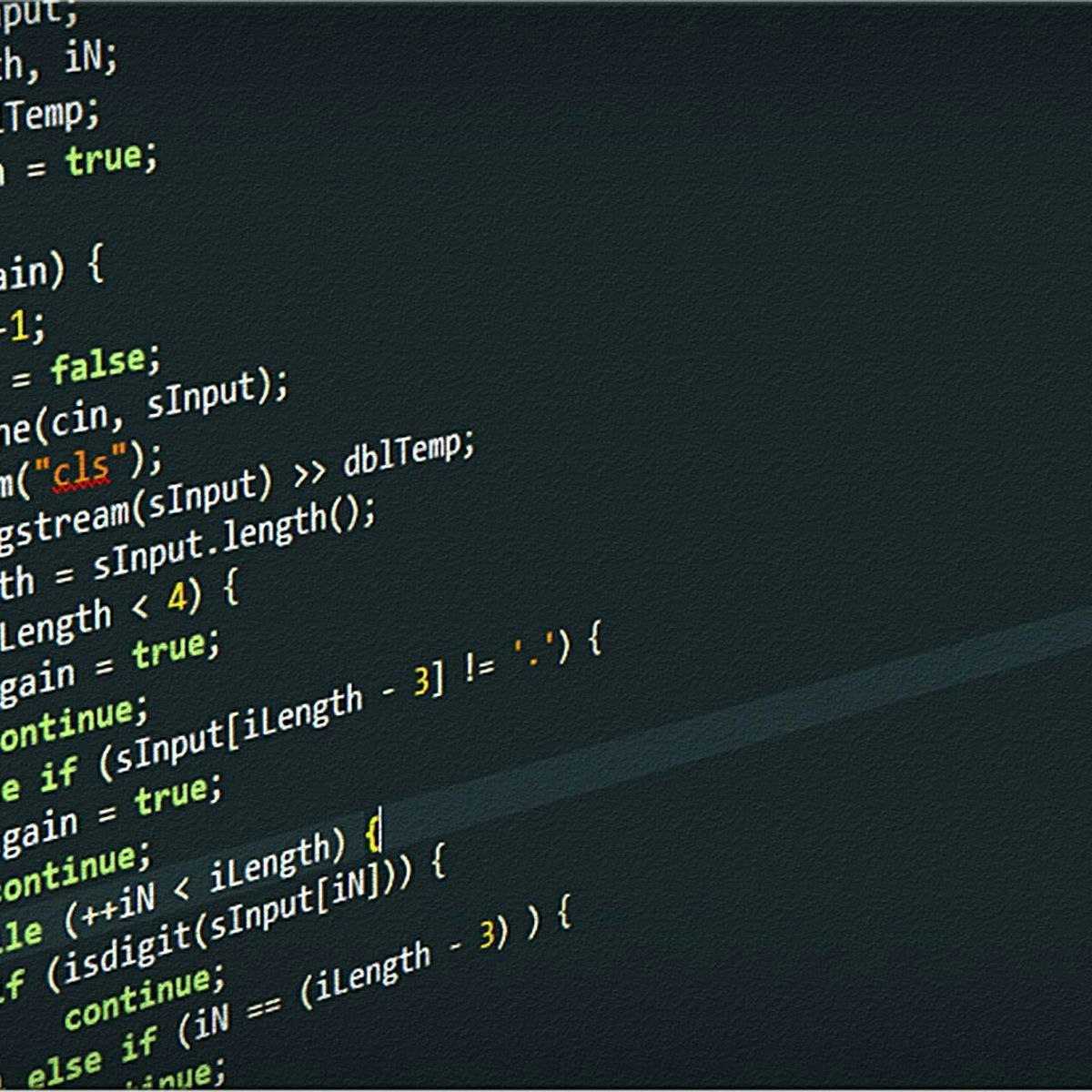
Algorithms Courses - Page 20
Showing results 191-200 of 326

Big Data, Artificial Intelligence, and Ethics
This course gives you context and first-hand experience with the two major catalyzers of the computational science revolution: big data and artificial intelligence. With more than 99% of all mediated information in digital format and with 98% of the world population using digital technology, humanity produces an impressive digital footprint. In theory, this provides unprecedented opportunities to understand and shape society. In practice, the only way this information deluge can be processed is through using the same digital technologies that produced it. Data is the fuel, but machine learning it the motor to extract remarkable new knowledge from vasts amounts of data. Since an important part of this data is about ourselves, using algorithms in order to learn more about ourselves naturally leads to ethical questions. Therefore, we cannot finish this course without also talking about research ethics and about some of the old and new lines computational social scientists have to keep in mind. As hands-on labs, you will use IBM Watson’s artificial intelligence to extract the personality of people from their digital text traces, and you will experience the power and limitations of machine learning by teaching two teachable machines from Google yourself.

Google Cloud Storage - Bucket Lock
This is a self-paced lab that takes place in the Google Cloud console.
In this lab, you learn how to use Google Cloud Storage Bucket Lock to manage object retention.

Principles of Computing (Part 2)
This two-part course introduces the basic mathematical and programming principles that underlie much of Computer Science. Understanding these principles is crucial to the process of creating efficient and well-structured solutions for computational problems. To get hands-on experience working with these concepts, we will use the Python programming language. The main focus of the class will be weekly mini-projects that build upon the mathematical and programming principles that are taught in the class. To keep the class fun and engaging, many of the projects will involve working with strategy-based games.
In part 2 of this course, the programming portion of the class will focus on concepts such as recursion, assertions, and invariants. The mathematical portion of the class will focus on searching, sorting, and recursive data structures. Upon completing this course, you will have a solid foundation in the principles of computation and programming. This will prepare you for the next course in the specialization, which will begin to introduce a structured approach to developing and analyzing algorithms. Developing such algorithmic thinking skills will be critical to writing large scale software and solving real world computational problems.

Graph Search, Shortest Paths, and Data Structures
The primary topics in this part of the specialization are: data structures (heaps, balanced search trees, hash tables, bloom filters), graph primitives (applications of breadth-first and depth-first search, connectivity, shortest paths), and their applications (ranging from deduplication to social network analysis).

Create a Tic-Tac-Toe game in Python
By the end of this guided-project you’ll be able to create a tic-tac-toe game in python using python’s popular library Pygame. Pygame is a set of python modules designed for writing video games. It allows you to create a fully featured game and multimedia programs in the python language. It’s also free, highly portable and runs on nearly every platform and operating system.
You will learn about most of pygame’s functions and modules. You’ll be able to insert drawings and images into your game. You’ll be able to handle events and react to them being activated and finally, You’ll be able to take input from the user.
Note: This course works best for learners who are based in the North America region. We’re currently working on providing the same experience in other regions.

Detecting COVID-19 with Chest X-Ray using PyTorch
In this 2-hour long guided project, we will use a ResNet-18 model and train it on a COVID-19 Radiography dataset. This dataset has nearly 3000 Chest X-Ray scans which are categorized in three classes - Normal, Viral Pneumonia and COVID-19. Our objective in this project is to create an image classification model that can predict Chest X-Ray scans that belong to one of the three classes with a reasonably high accuracy. Please note that this dataset, and the model that we train in the project, can not be used to diagnose COVID-19 or Viral Pneumonia. We are only using this data for educational purpose.
Before you attempt this project, you should be familiar with programming in Python. You should also have a theoretical understanding of Convolutional Neural Networks, and optimization techniques such as gradient descent. This is a hands on, practical project that focuses primarily on implementation, and not on the theory behind Convolutional Neural Networks.
Note: This course works best for learners who are based in the North America region. We’re currently working on providing the same experience in other regions.

Java Arrays and Loops
In this project you will read weather data from a file and populate an Array with the file data. The data is then sorted in an Array, and output to another file.
Loops are used in a Java program whenever a sequence of code must be repeated. A common use for a while loop is to read data from a file, where the file is of unknown length. A for loop, on the other hand is often used when the repeat count of a code sequence is known. A common use of a for loop is to iterate through an array. An Array is a list of items of a fixed size where each entry is the same type of data. The array could contain numbers, Strings of characters, or a user-defined data type.
Note: This course works best for learners who are based in the North America region. We’re currently working on providing the same experience in other regions.

Traffic Sign Classification Using Deep Learning in Python/Keras
In this 1-hour long project-based course, you will be able to:
- Understand the theory and intuition behind Convolutional Neural Networks (CNNs).
- Import Key libraries, dataset and visualize images.
- Perform image normalization and convert from color-scaled to gray-scaled images.
- Build a Convolutional Neural Network using Keras with Tensorflow 2.0 as a backend.
- Compile and fit Deep Learning model to training data.
- Assess the performance of trained CNN and ensure its generalization using various KPIs.
- Improve network performance using regularization techniques such as dropout.

C++ Classes and Objects
In this project you will create an application that defines a Car class and create one to many Car objects using C++.
Object Oriented programming is advantageous because it allows the programmer to think in terms of the way people think of the real world, in terms of Objects like employees, airplanes, and homes for example. In procedural programming, the programmer tends to think more in terms of procedures or functions. In Object-Oriented Programming in a language such as C++, Classes and Objects are often used interchangeably but there is a distinction between the two. A class is a blueprint for objects. An automobile may come in many different makes, colors, and models, but each car object has those same attributes. A Car class then contains the common attributes all cars have; color, make and model. When an Object of a Car is made from the Car class, it is then assigned a specific color, such as a red Nissan Sentra or a blue Toyota Camry.
Note: This course works best for learners who are based in the North America region. We’re currently working on providing the same experience in other regions.

Process File Data using C Pointers
By the end of this project you will implement a program using C that uses pointers to access a csv file and searches the file for a character string.
The C programming language is the basis for many other programming languages. Its syntax has been used in languages such as C++, Java, and C# to name a few. These languages utilize pointers to access variables, so it is an important concept to grasp. C is still the language of choice for writing Operating systems, games, and many other applications where performance is critical.
Note: This course works best for learners who are based in the North America region. We’re currently working on providing the same experience in other regions.
Popular Internships and Jobs by Categories
Browse
© 2024 BoostGrad | All rights reserved


